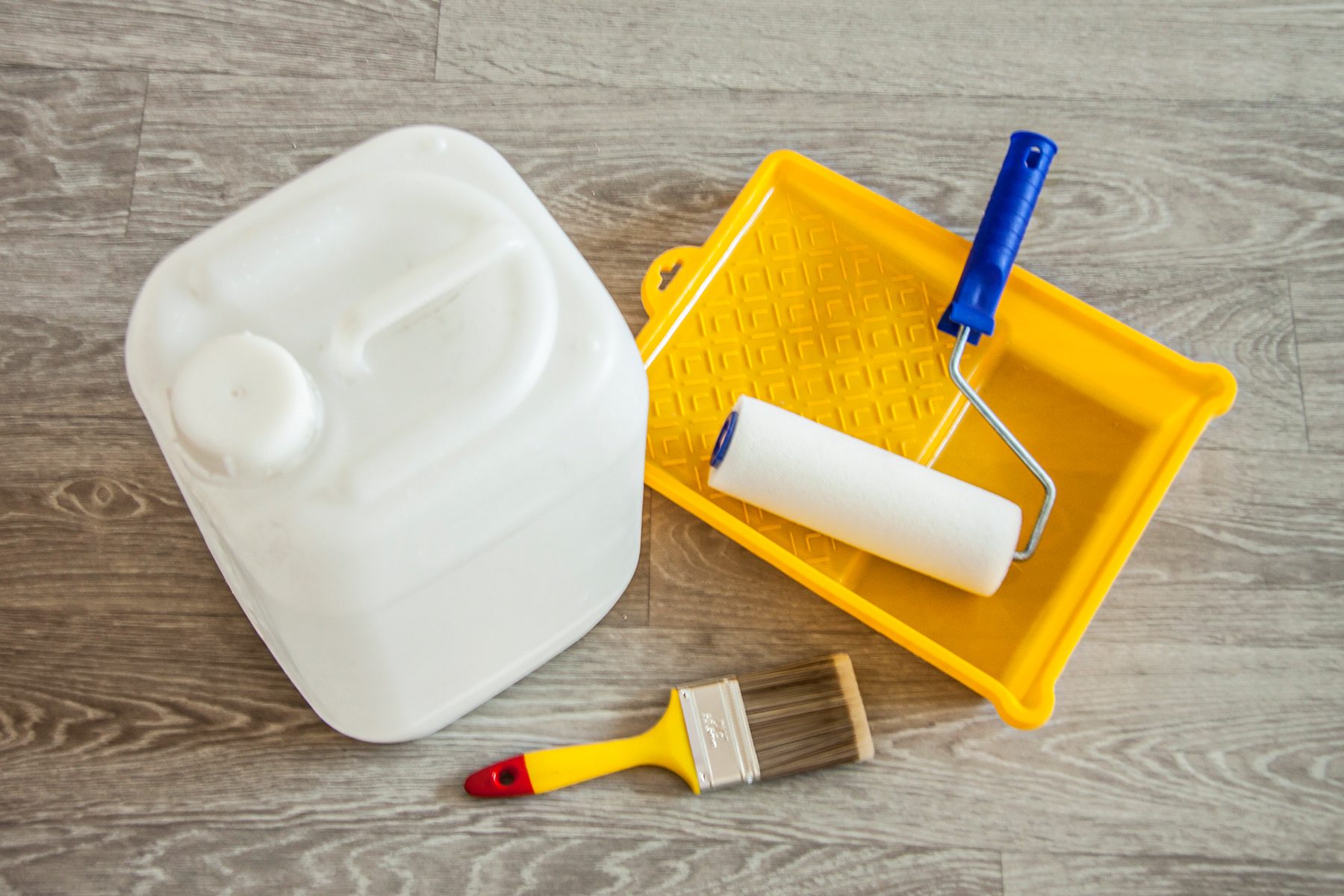These top-rated paint brush cleaner options, including solvents, will extend the life of the tools.
Our editors and experts handpick every product we feature. We may earn a commission from your purchases.Learn more.


These top-rated paint brush cleaner options, including solvents, will extend the life of the tools.
Our editors and experts handpick every product we feature. We may earn a commission from your purchases.Learn more.

You know those moments when you rinse a paint brush out, but the residual paint just seems to keep pouring out of it? When you think you’ve done a good job at cleaning the brush, only to find more paint has crept out? That’s because paint sits deep within the interior bristles where water can’t reach it. A toothy paint brush comb digs down deep into the bristles to dislodge “hidden” paint. This tool also functions as a paint roller cleaning tool, with features to clean standard and mini rollers.

There’s no trade secret here—mineral spirits are a universal solvent for oil-based paint. They emit less odor than paint thinner and are considered more effective as a paint brush cleaner.

You may or may not feel very artistic when you paint your guest bedroom, but a paint brush cleaner designed for artists’ brushes can be just as effective as one made for construction pros. Typically, this cleaner comes in the form of a semi-solid soap in a convenient tub with simple instructions.

Want to keep your paint brushes really, really clean? Paint clean-up wipes remove dried paint from paint brush handles and heads (as well as paint buckets), and clean any non-porous surface that’s been dirtied by paint, caulk or adhesives. They also remove any paint and stain from youe hands, so you can skip scrubbing later on.

Here’s one of those paint cleaning tools you probably never knew you needed. A manually operated paint brush and roller cleaner uses a spinning motion to whisk moisture and excess paint out of brushes and rollers. Used in combination with a brush and roller cleaning tool, it helps ensure the products are dry when you put them away. At 1.31 pounds, it’ll be a comfortable job.
We think one or two paint brush cleaning tools or cleaners are a smart investment, mostly because they’re inexpensive tools that can make cleanup so much easier. They’ll also keep your brushes in good shape for a lot longer. Unless you do a lot of painting, one handheld gadget is probably enough. If you’re buying a cleaning solution or solvent, be sure to get one that’s effective for the type of paint you’re using. And remember that a paint brush cleaner is just one tool in your arsenal—make sure you’re equipped with drop cloths, painter’s tape, paint buckets and edging tools, as needed.
Paint brush cleaners fall into two broad categories: hand tools that make the job easier and solvents that aid in cleanup efforts.
As shopping experts, our only job is to help you find a winning product. We start with the research and reporting basics—what products are made of, what they look like and how much they cost—to ensure that we’re only recommending the buys that are worth your time and money. Then, we research the features that speak to the product’s quality, taking advice from industry insiders and subject matter experts on what makes a product a smart value (or worthy of a splurge). Finally, we do the work of combing through user reviews to see how real people interact with the product and if it stands up to the test.
Water-based paint can be cleaned from brushes in household sinks. It’s a messy job, though, so if you have a garage or utility sink, that’s the best place for brush wash. If you splash paint in your kitchen or bathroom sink and faucets in the process, be sure to wipe it off right away.
Solvent cleaners, such as mineral spirits, turpentine and paint thinner, absolutely, positively can’t go down the drain. They should also never be washed into storm drains, or even into soil. Instead, empty solvent containers, including those with dried product at the bottom, can be disposed of in household garbage. Unused solvents, as well as solvent-soaked rags, need to be disposed of via your community’s hazardous-waste removal program.
Once your paint brushes are clean, it’s best to store them vertically with the bristle end down. This will help them finish drying and retain their shape.
One of the best ways to remove dried latex paint from a paintbrush is to soak it in fabric softener or distilled vinegar. Fill a container with just enough product to cover the bristles, then stand the brush in the liquid. Soak the brush long enough to soften the dried paint, which can vary from an hour to overnight.
When the paint has softened, use a paint brush comb to scrape residue off the bristles, then wash with warm soap and water. Dry thoroughly, and wrap in a paper towel to preserve the shape of the brush.